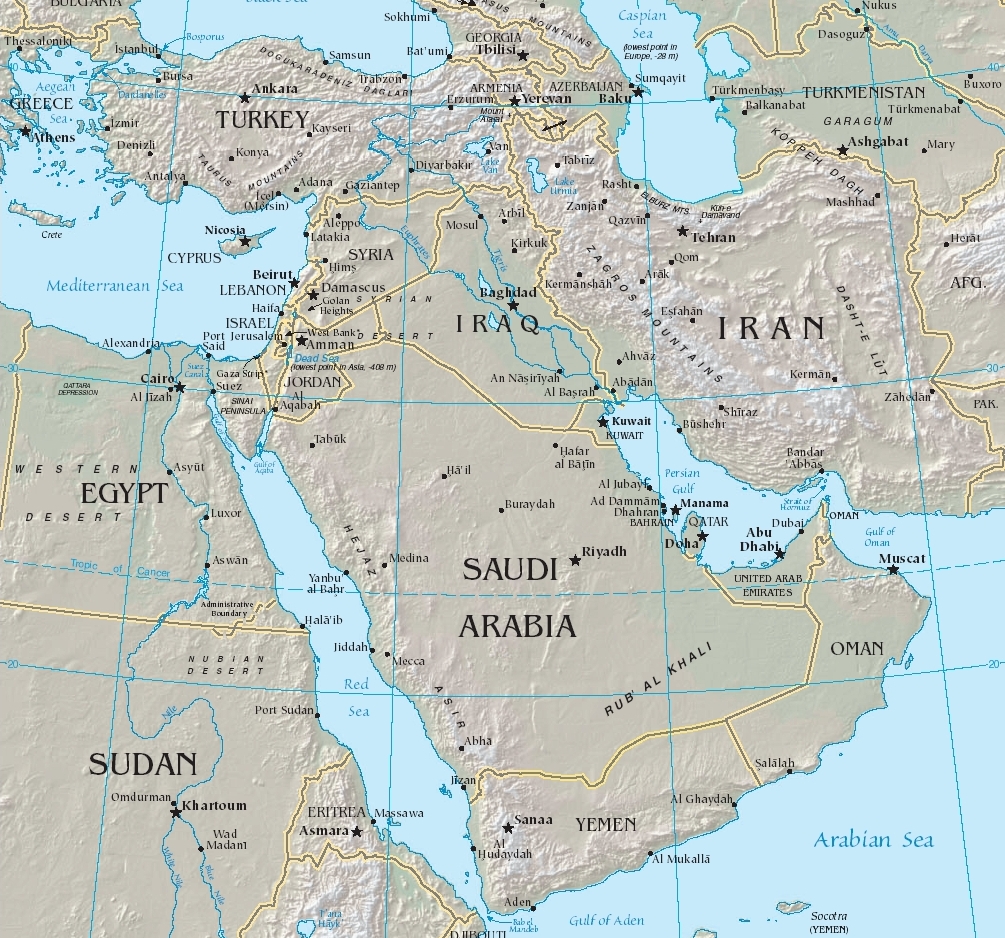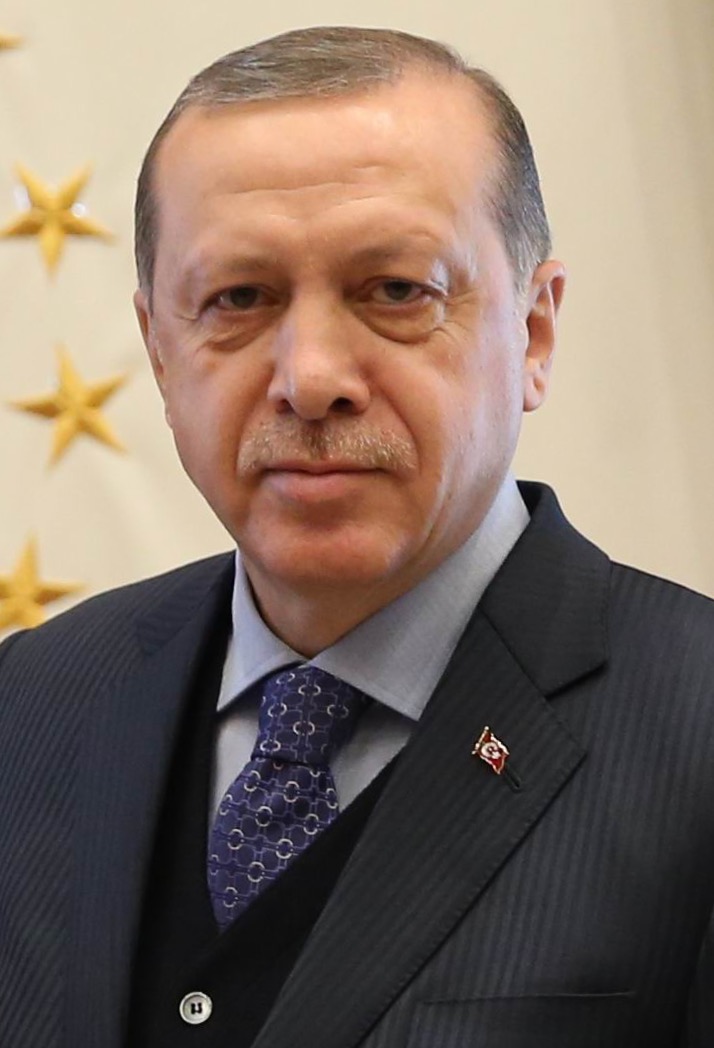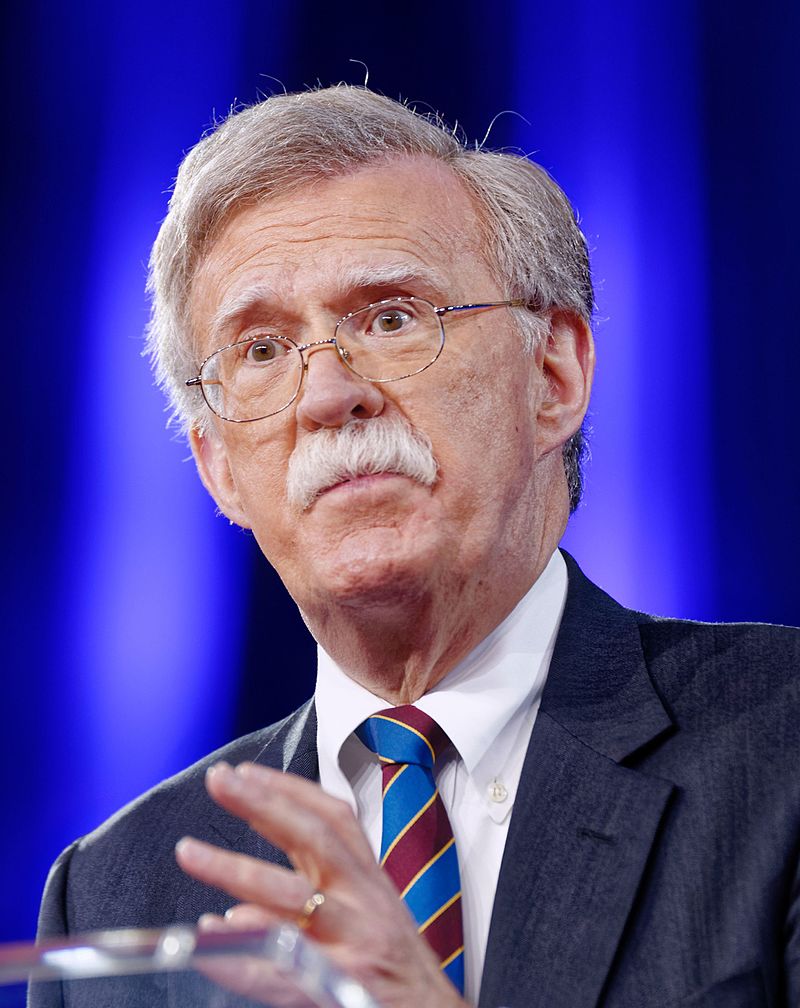Syria: the West's war will continue
By Simon Korner
The Syrian war is not about to end, in spite of progress towards peace.
It is hard to speak of positive outcomes in the Syrian war. Over 500,000 people have been killed. At least 11 million have been displaced - 6.1 million of these internally. Nevertheless, there are elements that can be regarded as moving in a positive direction.
First, the Syrian army is winning the war on the ground. Assad remains the country’s leader, and Syria has a chance of regaining its sovereign territory – against all the odds and western intentions. This means that Syria will remain a secular, unitary state, a bastion of Arab nationalism, with a diverse and tolerant society – apart from areas under enemy control.
Syrian troops have cleared out the terrorists from Douma in eastern Ghouta, near Damascus, and have re-established control over all the southern suburbs of Damascus, according to Jane’s Defence Weekly (April 30). So the mortar and rocket attacks that have killed 11,000 civilians in Damascus killed since 2012 are over.
Over 65,000 civilians have so far returned to liberated eastern Ghouta, demonstrating their desire to live in government-held areas.
The extremist militias in these enclaves have gone. The al-Qaeda fighters among them were evacuated to Idlib in the north-west and to Jarablus in northern Aleppo province – areas in which infighting al-Qaeda factions are in control. Meanwhile the (fewer) IS-aligned fighters were sent to the eastern Syrian desert on the Iraqi border, where IS has its last remaining territory effectively under US protection.
The terrorist-linked White Helmets have also left as part of this evacuation, though their US funding has recently been renewed in readiness for the next propaganda mission. The group’s terrorist links have been confirmed since the liberation of eastern Ghouta – with the discovery of a tunnel linking their HQ to a terrorist bomb factory 200 metres away, from where the Failaq Al Rahman group fired mortar rounds into the centre of Damascus.
With the Syrian army released to fight elsewhere, its current targets are Deraa in the south, the Golan Heights area on the Israeli border, and Idlib, where it faces the Kurdish-based and US-backed Syrian Defence Forces (SDF).
A second sign of progress is that Russia has demonstrated it can limit western aggression, and has begun to broker peace talks, the tenth round taking place this July.
The April 14 missile strikes by the US, UK and France revealed the new balance of forces clearly. The western attackers were forced to heed Russia’s warnings of counterattacks, and carefully avoided causing significant damage and any Russian casualties. Syrian air defences, provided by Russia, intercepted significant numbers of missiles.
Thus, in spite of American global military superiority – with the US spending at $554.2 billion a year compared to Russia’s $69.2 billion – Russia has emerged as a credible military adversary. US top brass now accept “we’re back in an era of great power competition,” as Admiral John Richardson put it. This end of unipolar power means regime change wars will be harder for imperialism to wage in future.
Third – and related to Russia’s enhanced position – Turkey’s allegiance to US strategy has been weakened. Not only has its stated aim of ousting Assad now been dropped, but its relations with Russia – after the low-point in 2015 when Turkey downed a Russian fighter – have improved. Turkey is furious with the “US territorial guarantee of a de facto Kurdish state”, according to Patrick Cockburn (Independent, 3 Feb).
A recent meeting in Ankara between Turkey, Russia and Iran consolidated Turkey’s shift towards Russia, including growing economic ties. Turkey has agreed a major natural gas pipeline deal with Russia, along with the purchase of a Russian-built nuclear reactor. It is also buying Russia’s state-of-the-art S-400 anti-missile systems, technologically superior to anything in the West.
Russia, for its part, appears to have given Turkey the nod to occupy Afrin earlier this year, as a way of encouraging this broader realignment.
Reacting against the Russia-Turkey relationship, assistant secretary of State Wess Mitchell has warned Turkey against leaving the US sphere, saying it was “in the American national interest to see Turkey remain strategically and politically aligned with the West.” And Turkey’s plans to buy 100 Lockheed F-35 fighter planes from the US mean that that this alignment is unlikely to end soon.
A fourth positive sign is that the US strategy of supporting Kurdish secession in northern Syria has run into difficulties due to the Turkish invasion of the north using the Islamist militias of the Free Syrian Army as its ground troops. The fact that Nato allies are fighting on different sides in a war, with the US for the moment backing Turkey’s old enemies the Kurds, is inconvenient, to say the least.
Finally, not only has Hizbollah become battle-hardened and ideologically strengthened through its Syria involvement – with increased standing in Lebanon as a result – but its ally Iran is less isolated, particularly in its relations with Turkey, so that any Israeli, Saudi or US attack on Iran could see Turkey remaining neutral.
Moreover, the unilateral US abrogation of the Iran nuclear deal has forced European powers to try to defend their capitalist interests involving Iran – Airbus, VW, Peugeot, for example – in opposition to US sanctions which cover any trade with Iran.
The importance of Iran, Syria and Hizbollah is that they provide an arc of resistance to US and Israeli designs on the region.
Looking now at the negative elements of the war, it is clear that if the US can’t destroy secular Arab nationalism, it will try to Russia pay a high price for its strategic advances and sabotage any Russian-brokered peace.
To that end, it is constructing a large new base in northern Syria, big enough for 1,200 troops. It already has ten bases in Syria, officially housing 2,000 US soldiers, with at least double that number operating unofficially.
Its occupation of over half the Syrian energy fields in the eastern desert area around Deir Ezzour – as well as its control over the country’s most fertile agricultural land – means that it will “be able to keep Syria poor and under-resourced” in future, according to Joshua Landis, Syria specialist at the University of Oklahoma.
In addition, the US commands the strategically important main road from Iraq to Syria, allowing it to divide the two countries and also block Iranian transport links with Syria and Lebanon, weakening mutual co-operation between the anti-imperialist forces.
Although the western military setbacks have produced divisions within the US ruling class, with Trump’s populist promises of a US draw-down of troops (“We’ll be coming out of Syria, like, very soon”) being countered by the Pentagon saying it will decide when, and if, such a draw-down occurs (Los Angeles Times, April 4), there is little sign of western involvement diminishing.
France has pushed hard – as it did in Libya – to retain a strong US presence in Syria. Britain too has played a major role in ensuring the continuation of the war, most recently with its bellicose rhetoric over the alleged chemical attack in Douma.
Accusations of chemical attacks by Assad are likely to continue, providing a pretext for the ongoing western occupation and further attacks. This despite the fact that Syria gave up its chemical weapons in 2013, with the Organisation for the Prohibition of Chemical Weapons (OPCW) confirming that its capacity for producing them had been destroyed.
The misleading news stories that fuel western attacks will also continue – stories provided by sources such as the Syrian Human Rights Observatory (SHRO), quoted frequently by the BBC as being independent, in spite of the fact that the SHRO receives funding from the Foreign Office to the tune of nearly £200,000.
If US troops do reduce in number, in line with Trump’s statements, regional powers will be used to do the West’s dirty work – thus not a sign that peace is dawning. As Trump put it on April 13: “We have asked our partners to take greater responsibility for securing their home region, including contributing large amounts of money.”
For financial reasons the US is refusing to pay the $200 million it had promised for postwar reconstruction, particularly of Raqqa, which is still in ruins and lacks water and electricity. In addition, the US No Assistance for Assad Act rules that US funds may not be used for reconstruction in areas under Syrian government control.
The US will in effect ‘subcontract’ the war to regional powers. One strategy under consideration is to send Saudi Arabian troops into Syria, alongside soldiers from Qatar and the UAE, and perhaps Egypt, raising the risk of a direct Saudi-Iran war. Mercenaries under Erik Prince’s Blackwater USA company would replace US troops, with the cost borne by the Gulf states. The US role would then be to provide air power and co-ordination.
Israel, the US’s main US regional partner, is already upping its role in Syria. Having launched over 100 air raids since 2012, Israeli attacks have grown bolder. A major assault in late April on an underground Syrian missile base in southern Hama destroyed 200 cruise and ballistic missiles. This was followed by its biggest attack on Syria since 1973 – hitting many Iranian military sites in Syria and pushing Israel and Iran closer to war. An earlier attack on Syria’s T4 airbase killed 7 Iranian soldiers.
Israel is hoping its attacks will provoke a major Iranian response. This would then give it a pretext for a wider destruction of Iranian military and nuclear assets in Syria and possibly in Iran itself – alongside the US, more hawkish now with Michael Bolton as National Security advisor. Even if a war doesn’t come about, Israel believes that Iranian involvement in Syria is draining that country’s resources and sowing divisions within the leadership, according to former intelligence chiefs in the Israeli Meir Amit Intelligence and Terrorism Information Center.
Meanwhile, regional power Turkey may well refuse to leave northern Syria, despite having agreed in principle to Syrian territorial integrity. Having supported the western missile strikes in April, it is already appointing mayors in the parts of Idlib province it occupies, defying Russian pressure to hand the territory back to the Syrian government. Russia’s agreement over Afrin may come back to haunt it. And Turkey’s plans to buy 100 Lockheed F-35 fighter planes from the US mean that its Nato alignment is not in serious question.
Meanwhile, Syrian government attempts to regain administrative control over Kurdish-held territory – offering the Kurds protection from Turkey – have so far been rejected by the Kurdish leadership, meaning the war there will continue.
To sum up, the new phase of the war sees Syria “divided into three zones, each under a different authority and supported by a different foreign sponsor,” according to Patrick Cockburn (LRB, 5 April).
By far the biggest area, with 12 million people, is under Syrian government control, supported by Russia and Iran.
A large triangle of land in the north and east of the Euphrates, with a population of about 2 million, is held by the Kurds supported by the US.
In the north, Idlib province, Afrin city and northern Aleppo province are controlled by al-Qaeda forces, under Turkish control, also with a population of 2 million.
On the diplomatic front, the US wants to revive the Geneva talks, in order to challenge the ongoing Russia-Turkey-Iran talks, which support Syrian territorial integrity. So far, Russia and Turkey are willing to participate at Geneva, but Iran is not.
It is increasingly clear that the Syrian war has been disastrous for the US and its allies, exposing the limits of their power. Even the BBC accepts it is a “strategic catastrophe” (Today, April 26). And now the scale of the allies’ destruction is emerging, with a report by UK-based Airwars that over 9,600 civilians have been killed by western bombardments in Syria and Iraq – 10 times higher than previously admitted.
Despite this failure, and despite peace having been established in 70% of the country, the conflict is set to continue. Western power and credibility are at stake, as well as control over Syria’s energy resources.

"Although the western military setbacks have produced divisions within the US ruling class...there is little sign western involvement diminishing.
France has pushed hard...to retain a strong US presence in Syria. Britain too has played a role in ensuring the continuation of the war, most recently with its bellicose rhetoric over the alleged chemical attack in Douma."

Recep Tayyip Erdogan, Turkey's President.

John R. Bolton, Donald Trump's hawkish National Security Advisor.






